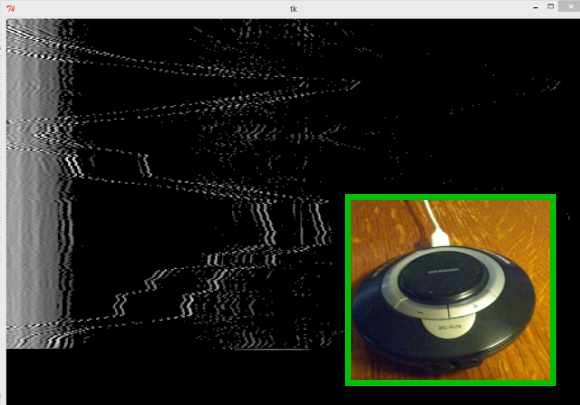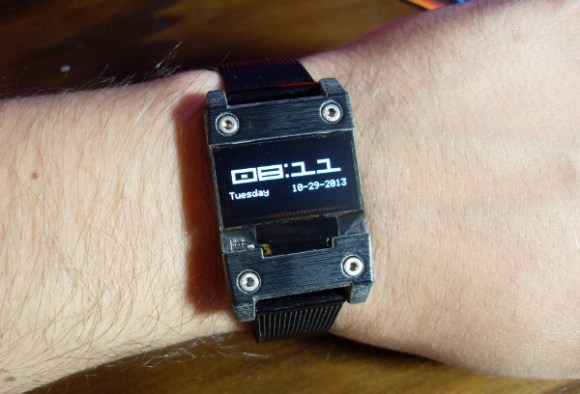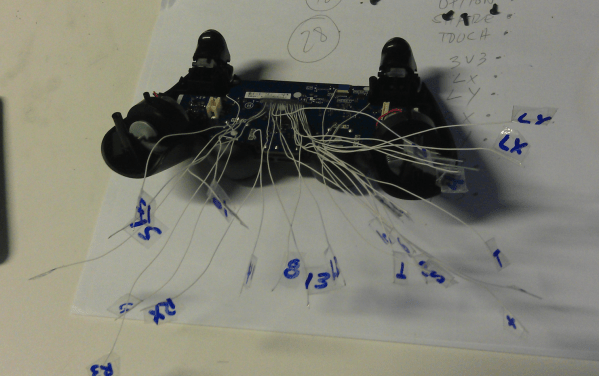
[Jason] just tipped us off about his recent experiment, in which he creates a sonar system using standard audio equipment and a custom Python program. In case some of our readers don’t already know it, Sonar is a technique that uses sound propagation to detect objects on or under the surface of the water. It is commonly used in submarines and boats for navigation. [Jason]’s project uses active sonar, which consists in sending short audio bursts (chirps) and listening for echoes. The longer it takes for the echo to return, the further the object is. Though his proof of concept is not used underwater, that may change if he continues the project.
The audio editing software Audacity was used to make a fast frequency changing chirp, along with PyAudio libraries for the main Python program. Exact time of arrival is detected by correlating the microphone output with the transmitted signal. Given that [Jason] uses audible frequencies, we think that the final result shown in the video embedded below is quite nice.
Continue reading “Sonar With Python And Conference Call Hardware”

















